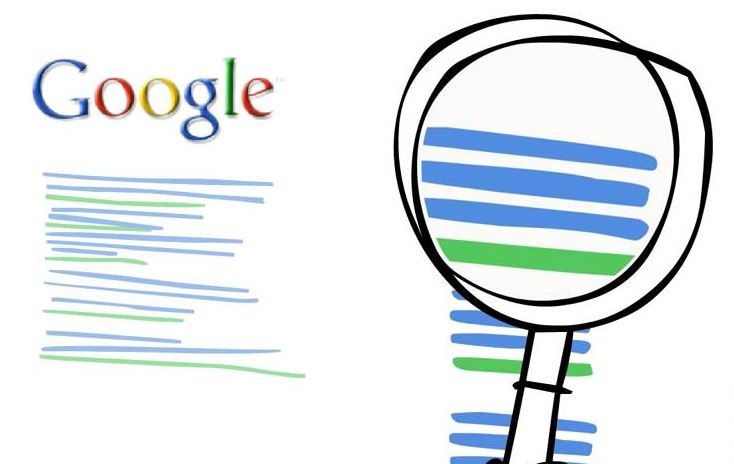On the indexed Internet, there are more than 4.5 billion pages. Finding the most relevant content can be akin to finding a needle in a hay galaxy.
“It’s not information overload. It’s filter failure,” says writer and futurist Clay Shirky.
Google obviously helps find and filter out irrelevant content, but the ubiquitous search engine doesn’t work quite as well on the intranet in the digital workplace. And finding information continues to be a top digital workplace challenge for most organizations.
Inside the enterprise, on the intranet, employees are demanding and wanting work-related information faster, and faster, and are easily frustrated by antiquated information architecture and search engines.
“Companies have to think like publishers,” says Shel Holtz, communications guru and Principal of Holtz Communication + Technology. “Using search as the most available means of finding information is becoming dicey. What we can do by curating content in the enterprise is to become that corporate guide in helping people find good information.”
Content curation is loosely defined as finding, filtering and sharing valuable content with context with others. Curation is a relatively new to the intranet, but it’s absolutely vital to an organization that produces a lot of content. For some it’s not an option; organizations must start looking at curation as a core activity. And people, not technology are the keys to success.
Consider, says Holtz, the social media impact on news:
- Newsrooms are shrinking (30% in the past 10 years)
- Top online stories change quickly (hours not days)
- Top online stories do not equal top mainstream stories
Curated content is content with context that delivers genuine value. In other words, curated content is content that’s been filtered or selected by a trusted source, usually a human being. To see content curation at work, you need look no further than Storify or Reddit.

One of the focuses of content curation is the concept of inclusion, or specifically building consensus by including more people in the information process (both publishing and sharing). This of course is major tenet of many knowledge management professionals.
“As an organization, we are developing best practices for more inclusive and constant collaboration, including in our content development process,” says Reena Jana, Creative Lead for Business Inclusion, who guides Google’s strategy and creation of new forms of inclusive stories about and by Googlers through collaborative (social) tools. “We build consensus with a wide variety of content stakeholders at all levels, to get a variety of voices to the table. It reflects our mission and company values, and that reveals itself in our content, both internally and what you see externally.”
Google is creating more inclusive content for employees, and fostering content creation, sharing, and knowledge inside the technology giant. All of Google’s creative and content work is done in cloud-based Google Docs, Google Sites, Google Sheets (e.g., spreadsheets) ,and other tools with a variety of voices across the organization contributing in an open and organizationally flat process. All of Google’s discussions take place on video chat or in person with teams in white-boarding sessions.
One of Jana’s challenges is Google’s creative approach in developing new styles and platforms for discussing and showing how Google works to create accessible and useful products for everyone, and to ensure that all content is created with an inclusive lens (e.g., making sure it is truly collaborative and incorporate diverse teams and voices). Google aims to always be transparent and open, with a reliance on “inclusion experts” (think curators) to guide editorial and video, photography, and other content decisions, including all points of view and voices, to the table.
“We eat our own dog food and only use our own tools (e.g, Google Docs, YouTube, etc.). We also are a culture of builders so we tend to use our own collaborative work on these tools to improve our collaborative products, too,” adds Jana.
Continue reading more on Google’s approach to content and other digital workplace lessons in the column Digital Workplace Content Lessons & Learnings
Learn more about the leading digital workplaces and intranets at Microsoft, Google, Coca-Cola, Liberty Mutual, ConocoPhillips and many others during the next big digital workplace conference…
